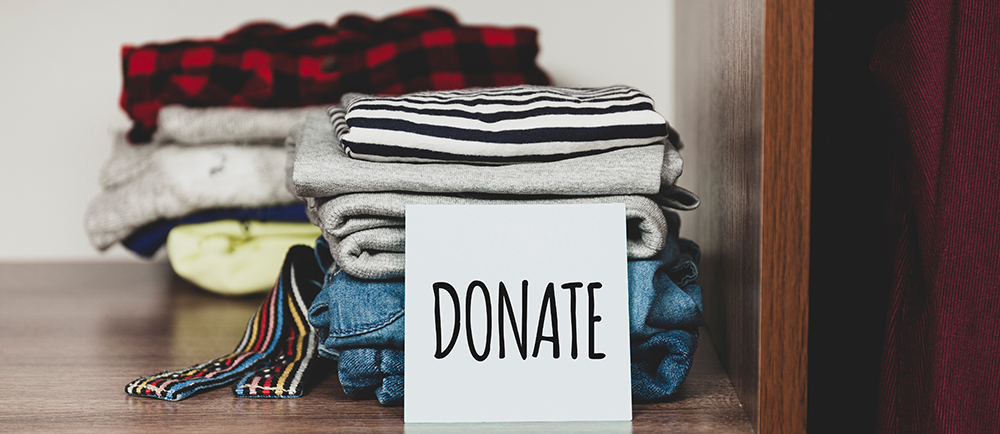How to Upcycle Old Clothes into New Fabric Creations26 August 2024 | Admin
Upcycling old clothes into new fabric creations is a fantastic way to reduce waste and create unique, personalised items. Here are some ideas and steps to start your upcycling journey. Materials Needed- Old clothes (jeans, T-shirts, sweaters, etc.) - Sewing machine or needle and thread - Scissors - Pins - Batting (for quilts) - Pillow inserts - Embellishments (patches, buttons, lace) - Non-slip rug pad (optional for rag rugs) Step-by-Step Guide1. Sorting and CuttingGather Old Clothes: Collect various old clothes that you no longer use. Sort by Fabric Type: Separate by fabric type (e.g., denim for tote bags, soft fabric for pillow covers, various fabrics for patchwork quilts). Cut Fabric Pieces: Tote Bags: Cut larger pieces (16x16 inches) from sturdy fabrics like denim or canvas. Pillow Covers: Measure and cut pieces that fit your pillow inserts plus a 1-inch seam allowance. Patchwork Quilts: Cut uniform squares (5x5 inches) from various fabrics. Fabric Strips for Rugs: Cut long strips from T-shirts or soft fabrics if you plan to make a rag rug. 2. Creating Tote BagsSew Sides and Bottom: With right sides together, sew the sides and bottom of the 16x16 inch fabric pieces. Make Handles: Create handles from leftover fabric strips, sewing them securely to the bag’s top. 3. Making Pillow CoversSew Three Edges: With right sides together, sew around three edges of the pillow cover fabric. Insert Pillow: Turn right side out, insert the pillow, and sew the final edge. 4. Assembling Patchwork QuiltsArrange Squares: Lay out your fabric squares in a pattern. Sew Rows: Sew squares together to form rows, then sew the rows together to complete the quilt top. Layer and Quilt: Layer the quilt top, batting, and backing fabric. Quilt by sewing through all layers. Bind Edges: Add a binding around the edges to finish the quilt. 5. Creating Rag Rugs (Optional)Braid Strips: Braid long fabric strips together. Form Rug: Coil the braid into a spiral, sewing as you go, and attach it to a non-slip rug pad if desired. 6. Clothing Alterations and EmbellishmentsIdentify Changes: Decide on alterations for remaining clothing (e.g., shortening sleeves, taking in sides). Sew Alterations: Use a sewing machine or hand sew the alterations. Add Embellishments: Sew on patches, buttons, or lace for added flair. Final Assembly and DecorationCoordinate Colors and Fabrics: Use coordinating fabrics and colours to create a cohesive look across all items. Embellishments: Add embellishments like patches and buttons to both practical items (tote bags, pillow covers) and decorative items (quilts). Tips for SuccessQuality Tools: Invest in good quality sewing tools for easier and cleaner results. Stay Organised: Keep your work area organised to manage multiple projects simultaneously. Experiment: Feel free to mix and match different fabrics and embellishments to create unique designs. Practice: Start with simpler projects to build confidence and skills. Combining these projects allows you to efficiently use old clothes to create various useful and decorative items with a unique touch and purpose. |
|



